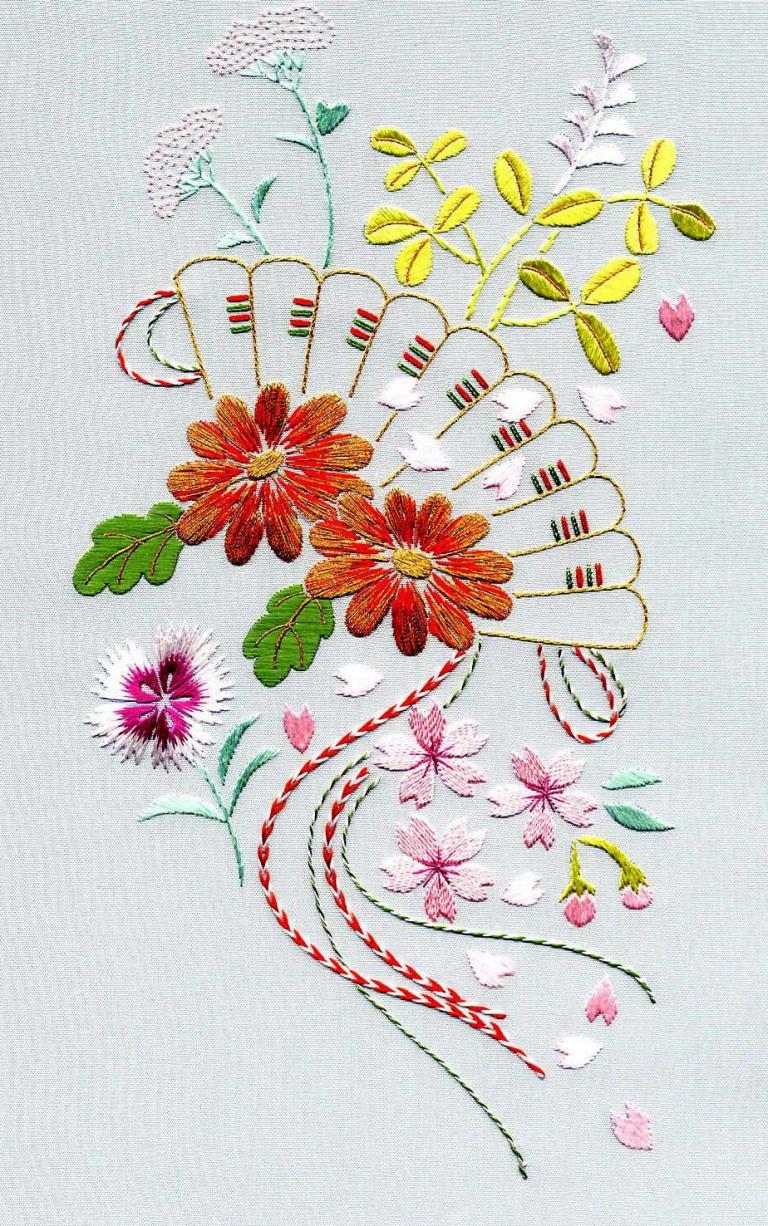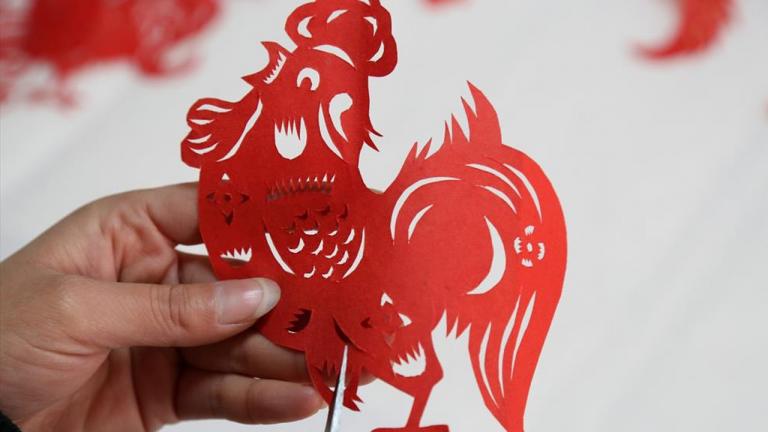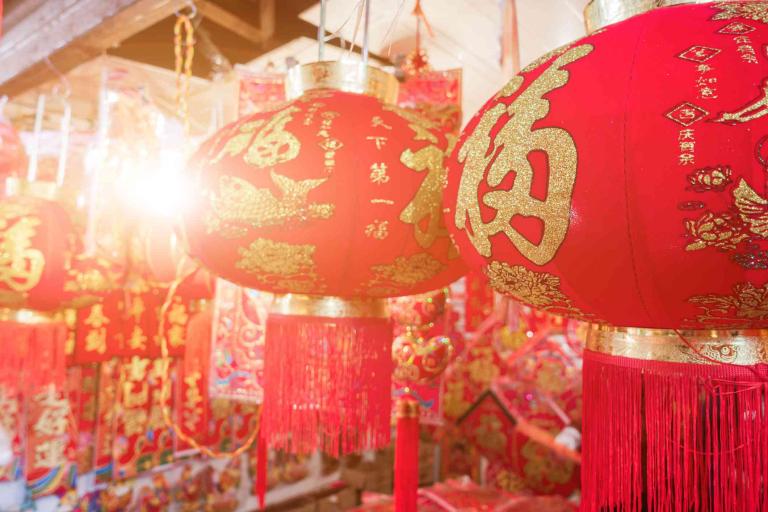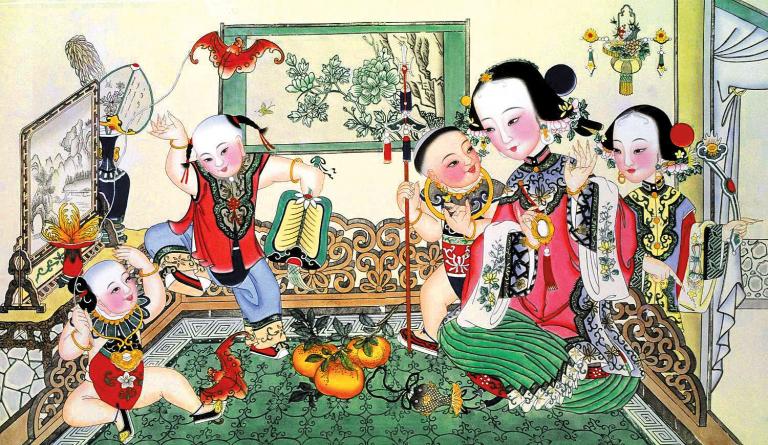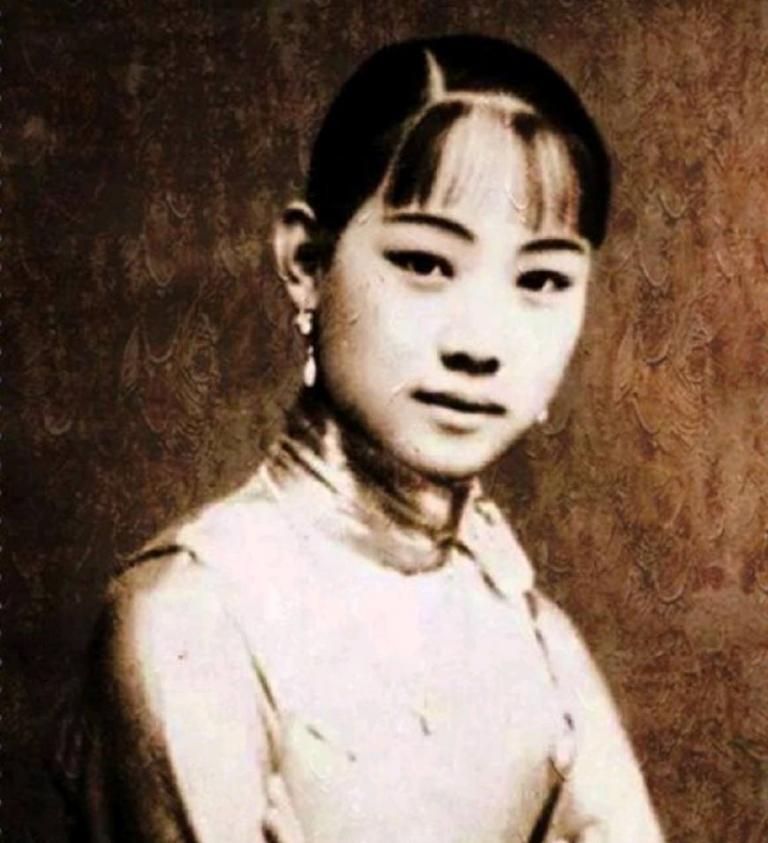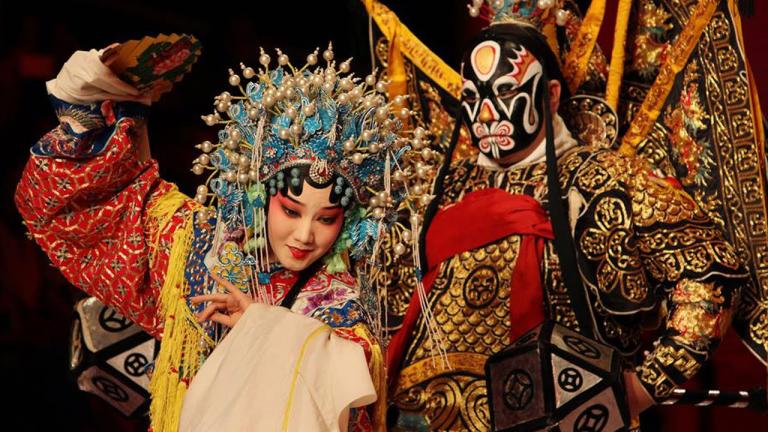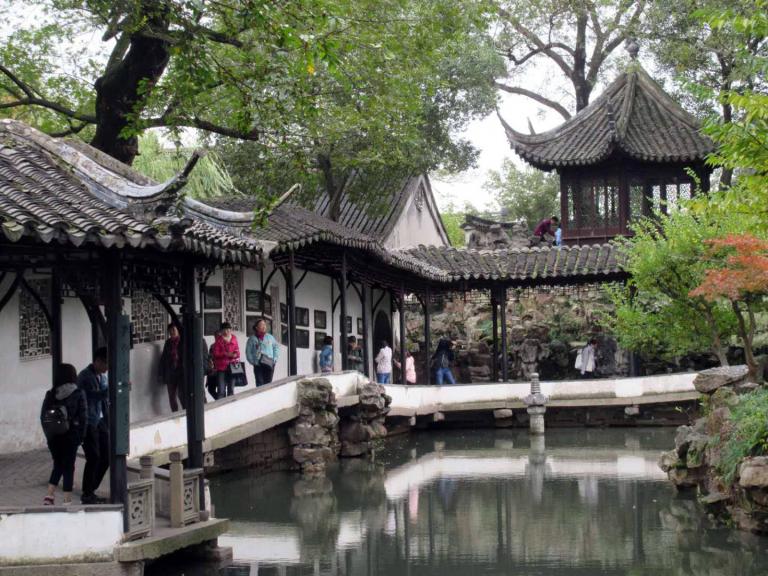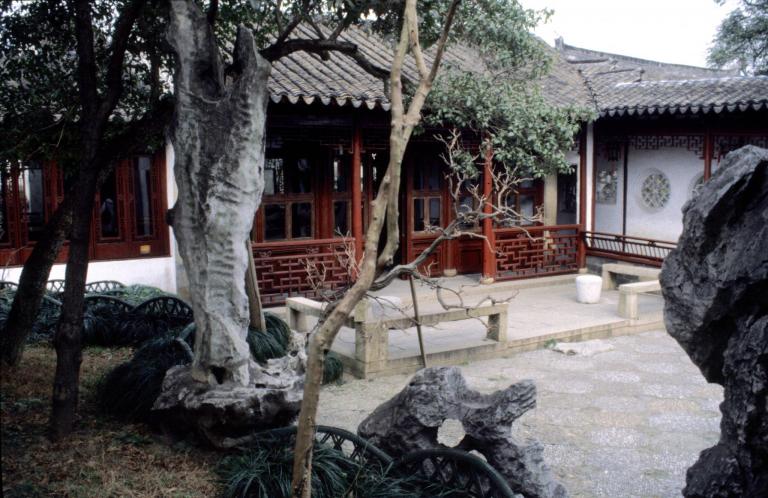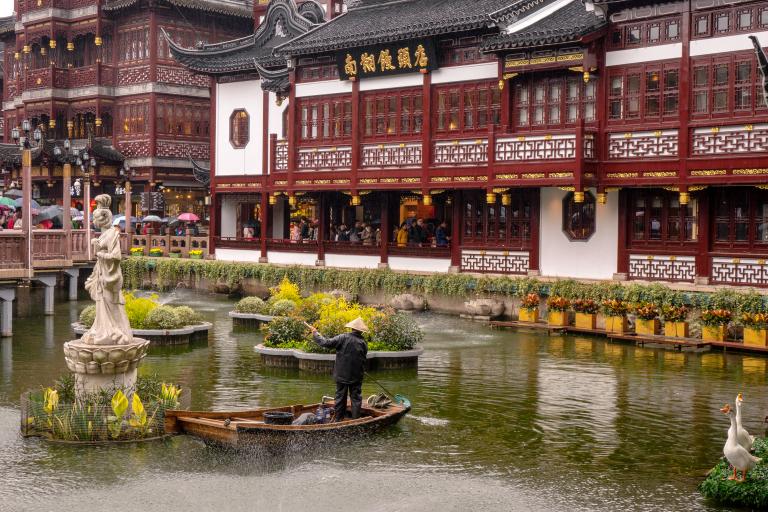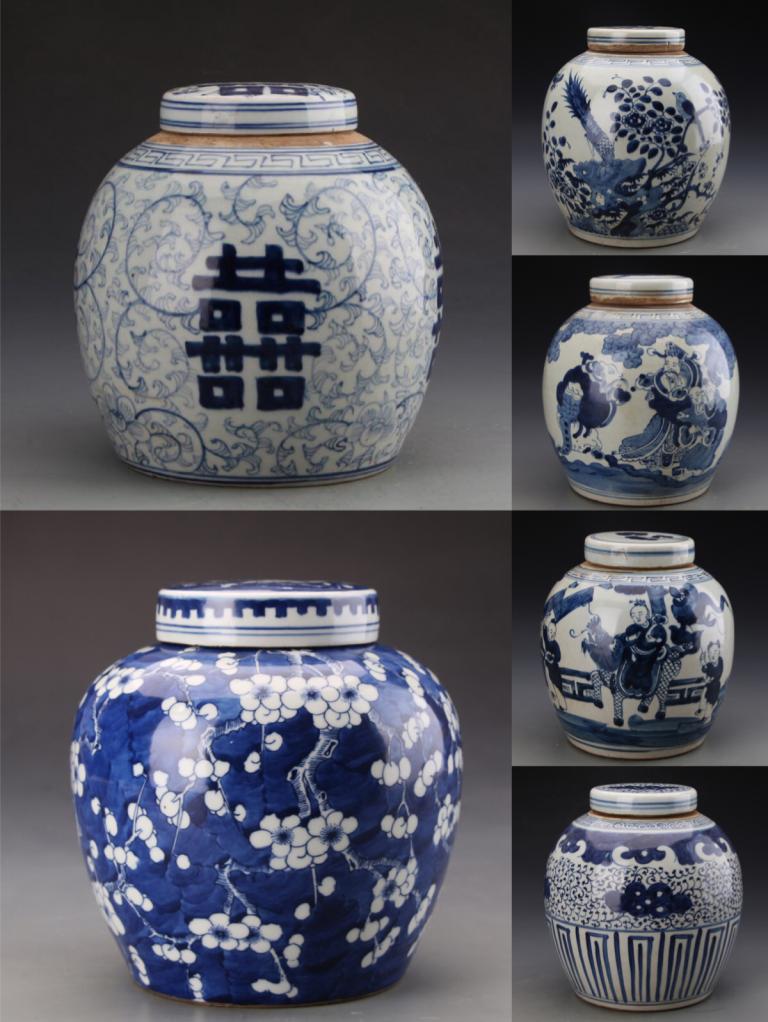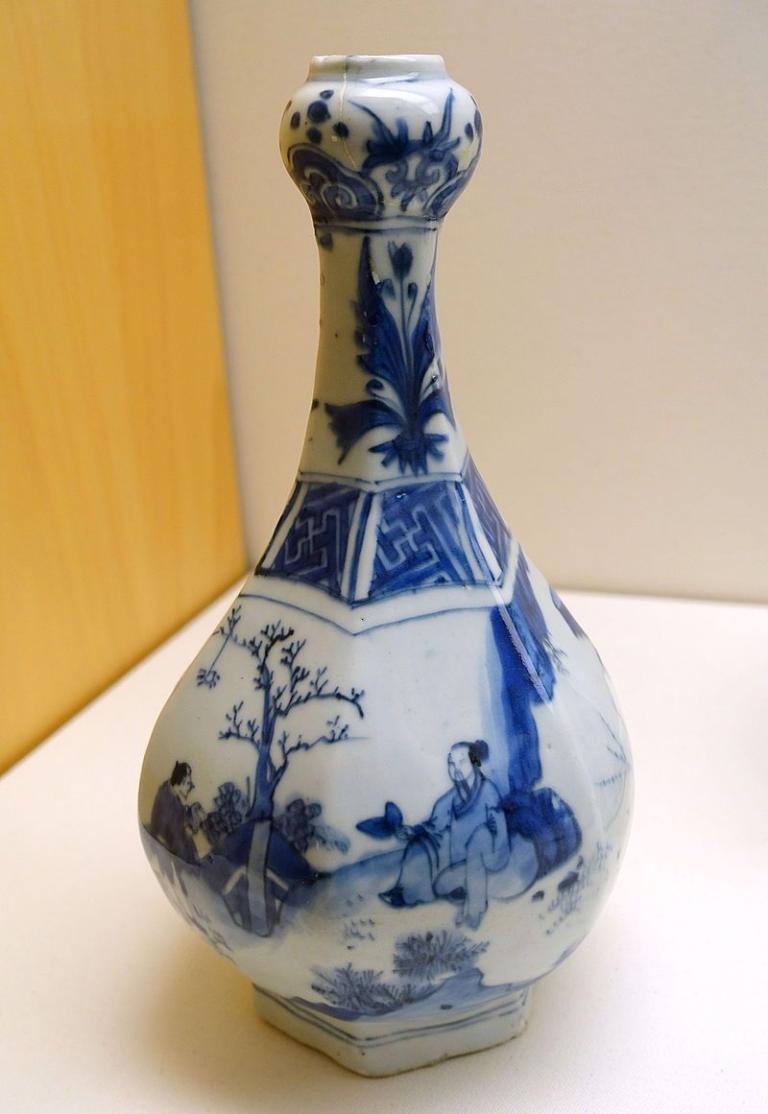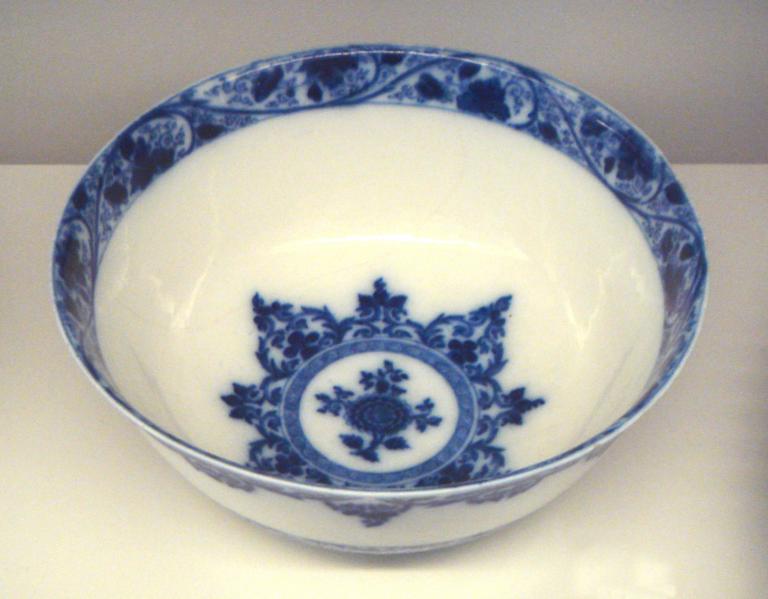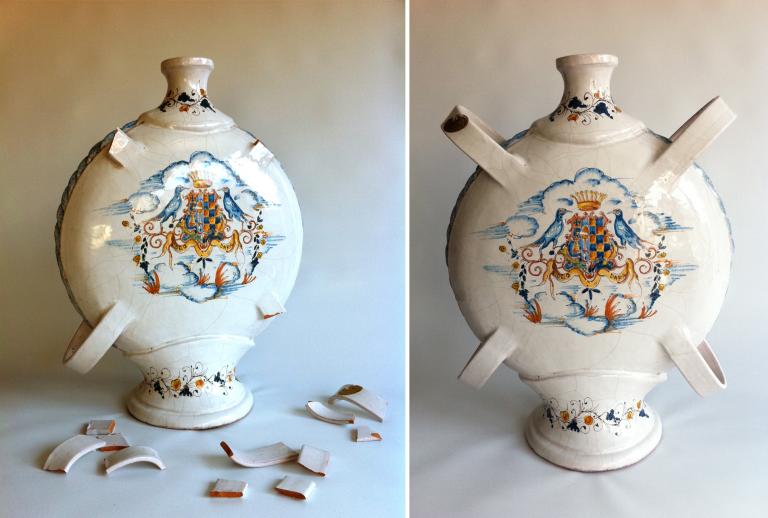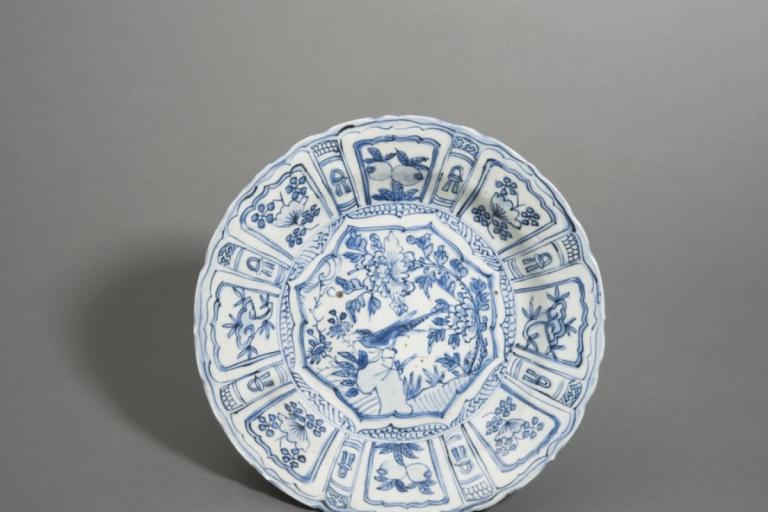China is home to silk and to a variety of arts related to silk, one of which is embroidery. Most...
hancheng
The papercut is a special folk art in China with a history of nearly 1, 000 years. The materials used...
Spring Festival (or Chinese New Year) is the most important traditional festivalin China. People celebrate it with lanterns and streamers,...
Folk arts in China have developed dynamically,with many forms enjoying a worldwide reputation.Here we present an introduction to a select...
In the history of Peking Opera, there have arisen many celebrated performers, including certain legendary artists of great accomplishment. Mei...
Depicting a virtual worldis a distinctive feature of Peking Opera Its virtuality consists of two aspects one is virtual movements...
To Chinese people, going to the theater to enjoy Peking Opera or other artistic performances is known as"seeing plays. What...
Many foreign friends first learn about Chinese culture through the numerous Chinese restaurants found all over the world. and soon...
Gardens in the south are mostly small in size To evoke a sense of space, theuse of"borrowing a distant view"is...
Rock formations play an important role in the construction of a Chinese-style garden. Without them,a garden could not be considered...
Chinese people started to build gardens more than 2,000 years ago.Over this long period of time,three styles of gardens came...
Porcelain is a comprehensive art, and form is as important to a good piece of porcelain as it is to...
Most Chinese porcelain ware embodies the characteristics of Confucian aesthetics. In its pursuit of gentleness and refinement one senses the...
Pure and elegant beauty is the goal that porcelain pursues, and this ideal is best explained in the production of...
Anyone familiar with Chinese porcelain knows that the surface of some porcelain ware is covered with irregular cracks. This is...
In English, the country and"porcelain"share the same name-"China."This proves that Europeans have long known of China's relationship to porcelain. Porcelain...
The Ming and Qing (1616-1911) dynasties witnessed further development in ink-and-wash painting, in opposition to the traditions of the Song...
When people talk about Chinese landscape painting, they never fail to mention the landscape paintings of the Song and Yuan...
Ancient Chinese artists did not abide by the principle of perspective, and sometimes even tried to purposefully avoid the issue....
Apparently, the emergence and development of ink-and-wash painting is closely related to technology, materials and artistic traditions. Ink and wash...
